
Rating Spread for Packs in Dota 2
Enhance your gaming experience with our services
Отримайте максимум від гри завдяки професійним рішенням
Range of Party Rating in Dota 2
Dota 2 is known for its team-based gameplay, and many players prefer to team up with friends for ranked games. Gathering a group of familiar players, developing a unified strategy, and coordinating actions is an excellent way to increase your chances of victory and enjoy the game more.
However, the Dota 2 matchmaking system considers the difference in player ratings, which can sometimes prevent friends with significantly different ranks from playing together. Let’s explore how this system works and what you need to know so your Dota 2 party can successfully participate in matches.
Successful Party Play: From Team Formation to Matchmaking
If you’ve decided to dive into the world of ranked Dota 2 games with friends, it’s essential to understand how to find a party in Dota 2. Let’s start with the basics: to form a team, you can invite friends from your list or add players by their ID. It’s simple: click the "+" icon in the main menu and choose the option you need. Once the party is formed, you will always play on the same team—the system does not split the group, allowing you to fully utilize the potential of your joint strategy.
In Dota 2, finding a party with an MMR matching your level is not an issue. However, when choosing your party composition, consider the variety of roles and playstyles. A balanced team where each player excels in their role has a higher chance of success than a group comprised solely of "stars" in the same position.
Now for the most interesting part—the MMR spread in Dota 2 party ratings. Valve has set specific restrictions to maintain balance. Currently, the maximum rating difference between the highest- and lowest-ranked players in a party should not exceed 2800 MMR. This is to avoid overly unbalanced matches.
Regarding game matchmaking, the system uses the average MMR of your party to find opponents. However, it "pulls" this indicator slightly upward, considering your advantage in communication and coordination. As a result, you may face opponents with a slightly higher average MMR than yours.
PTS Distribution Nuances in a Party: What Every Player Should Know
PTS (Player Tracking System) is a complex ranking system designed to rate players based on their professional achievements. At the core of this system is a numerical indicator known as MMR (Matchmaking Rating), reflecting each gamer’s skill level.
When you play in a party, MMR in Dota 2 becomes even more significant, as each team member affects the group’s overall level. This determines which opponents the system will pair you with and how your rating will change after each match.
Players in a Dota 2 party with a lower rank may gain more points for winning against a team with a high average rating. On the other hand, high MMR players in a group with less experienced teammates may earn fewer points for winning against a team with a low average rating. This prevents excessive rating boosts from playing with less experienced allies.
The PTS system also considers each player's individual contribution to the match. Although the primary factor in MMR change is the team’s victory or loss, personal achievements can also influence rating adjustments.
Your success in the PTS system when playing in a party lies in consistently improving your skills and working effectively with your team. Focus on the quality of your play and teamwork rather than just the change in MMR after each match.
Conclusion
Remember, a well-coordinated Dota 2 party, whose MMR complements your strategy, is about more than just victories and raising ratings. It’s also about shared experiences, developing teamwork skills, and, of course, the enjoyment of the game. By following these principles, you can make the most of your party play and constantly achieve effective party boosts in Dota 2.
More to read
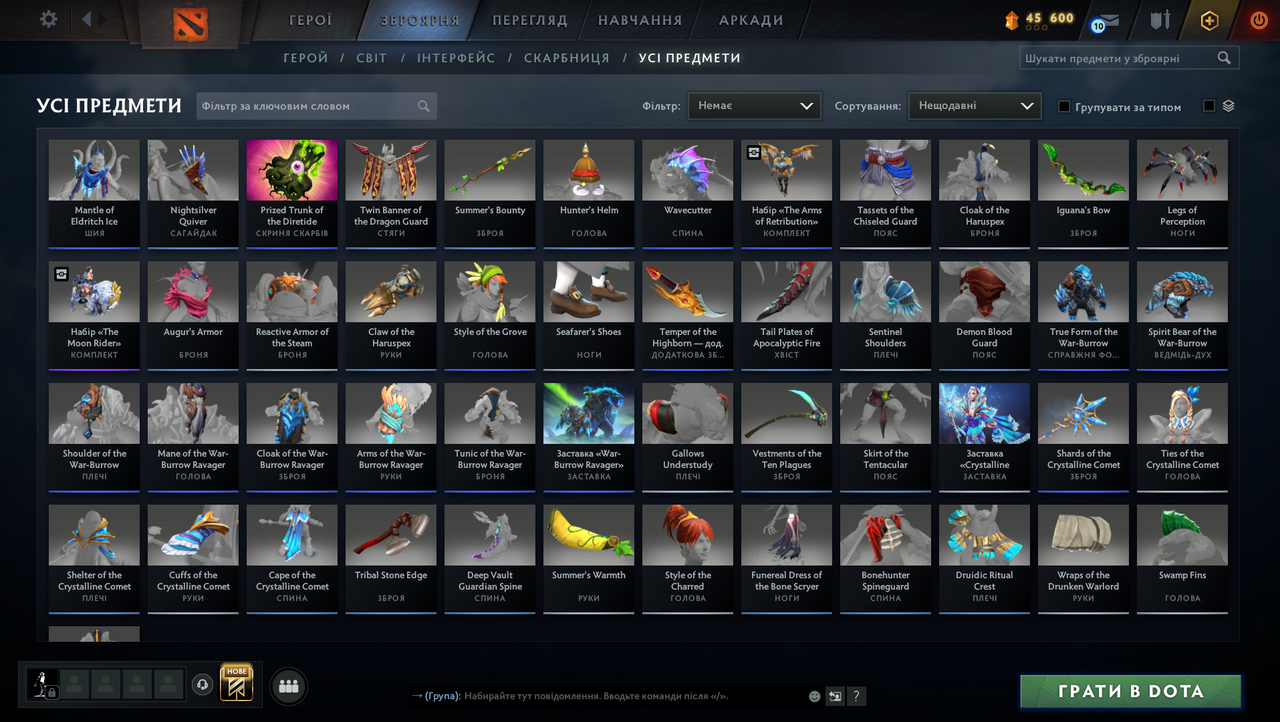
How to Check the Value of Your Inventory in Dota 2
Did you know that a Dota 2 inventory is often valued at tens of thousands of dollars?


Knives in Valorant
All knives in Valorant deal fixed damage in the range of 50–100 HP, depending on the hit position (from the back or front)
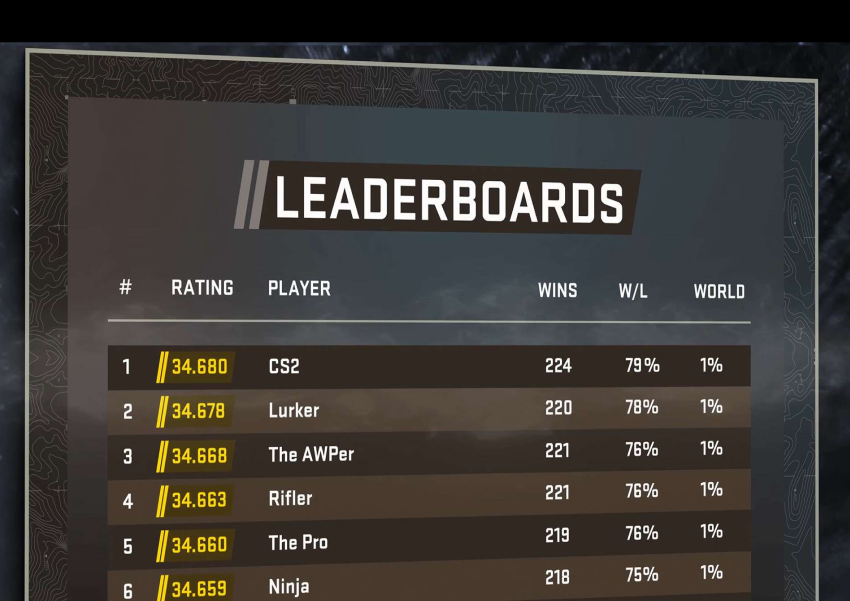
Ranks in CS2: How the Rating System Works in the New Counter-Strike 2
CS:GO rank is a sign of a player's skill, reputation, and access to matchmaking at certain levels


Maps in Valorant
Maps in Valorant play a crucial role in gameplay
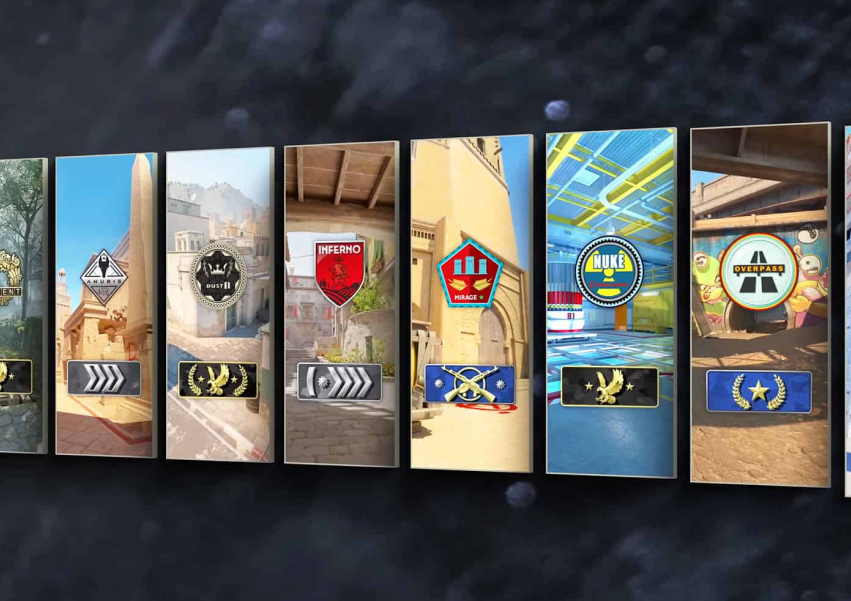
Best Maps for Competitive Play in Counter-Strike 2
What are the most popular maps in CS:GO?
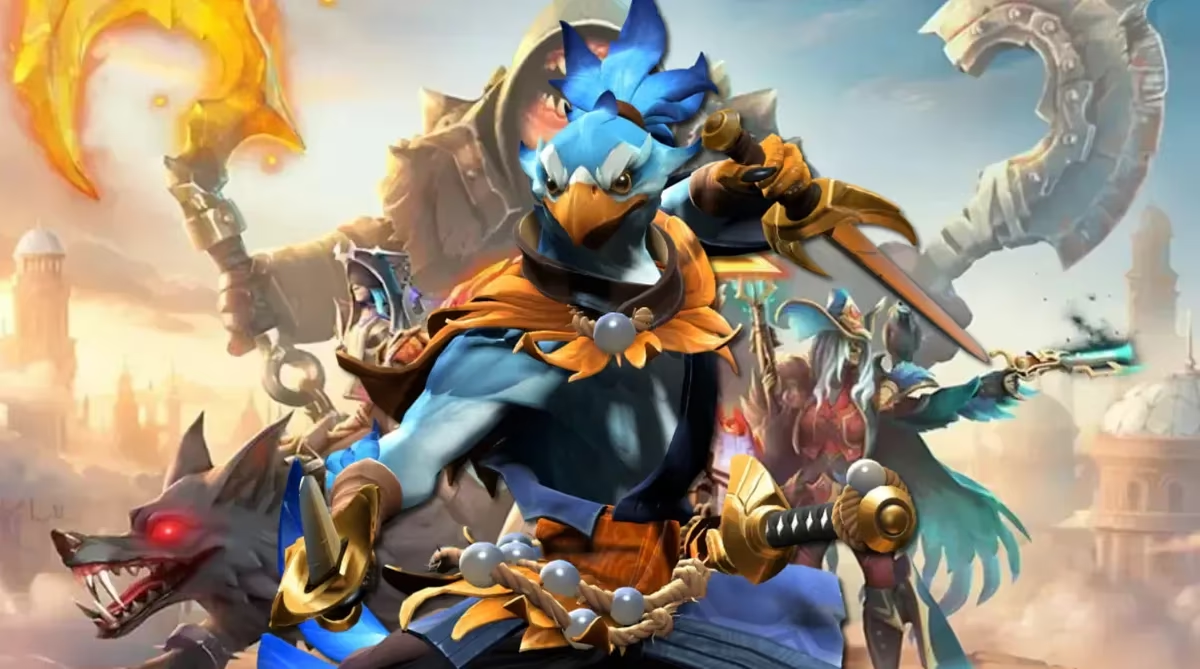
Dota 2 Launch Options – How to Customize the Game for Yourself
A Dota 2 launch option is a special system command that allows you to override some default settings with your own custom configurations



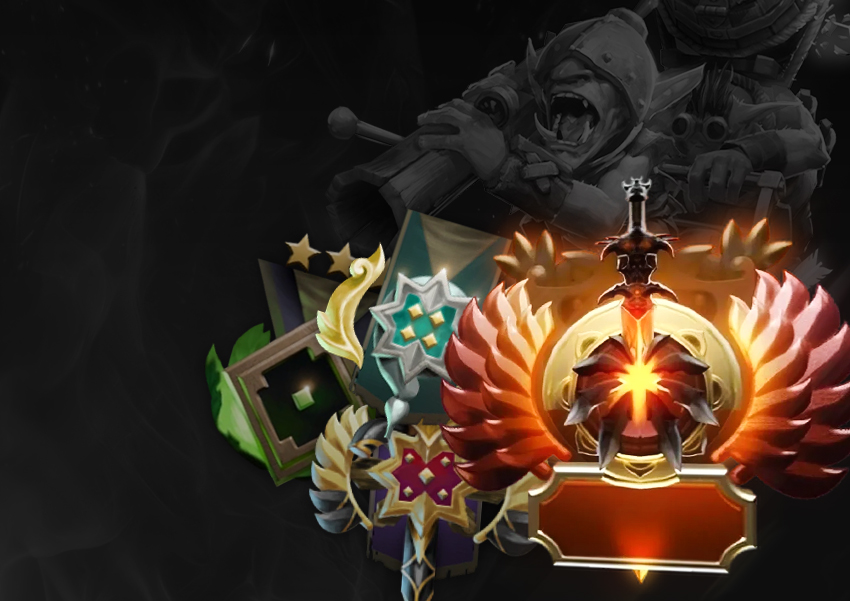

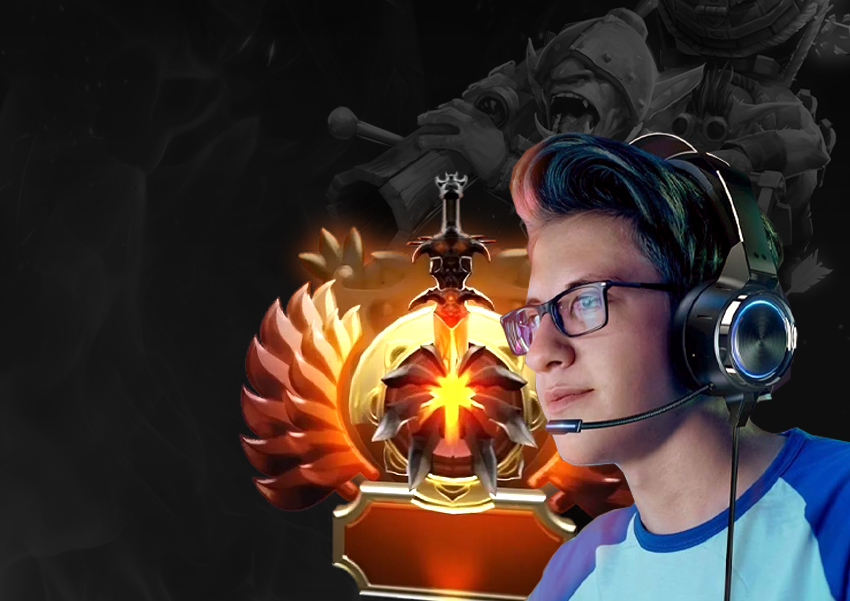
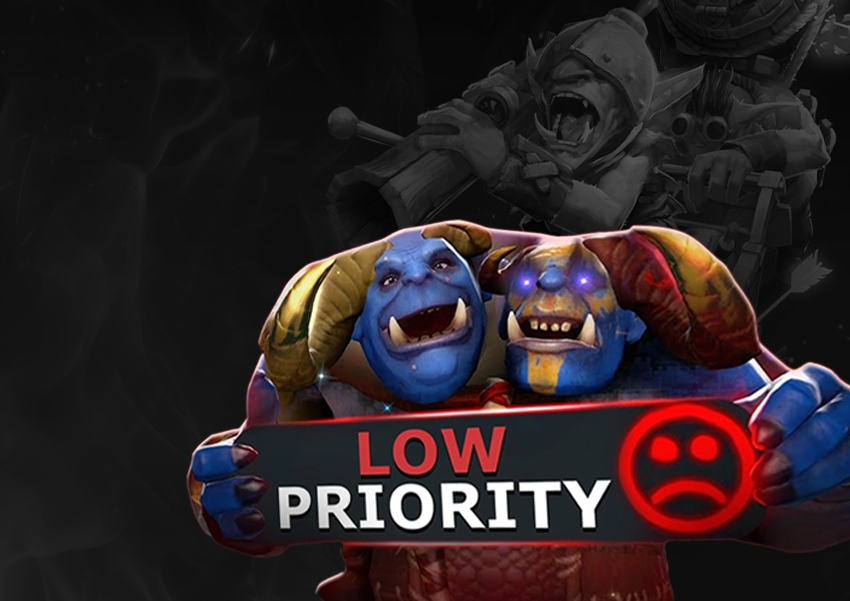
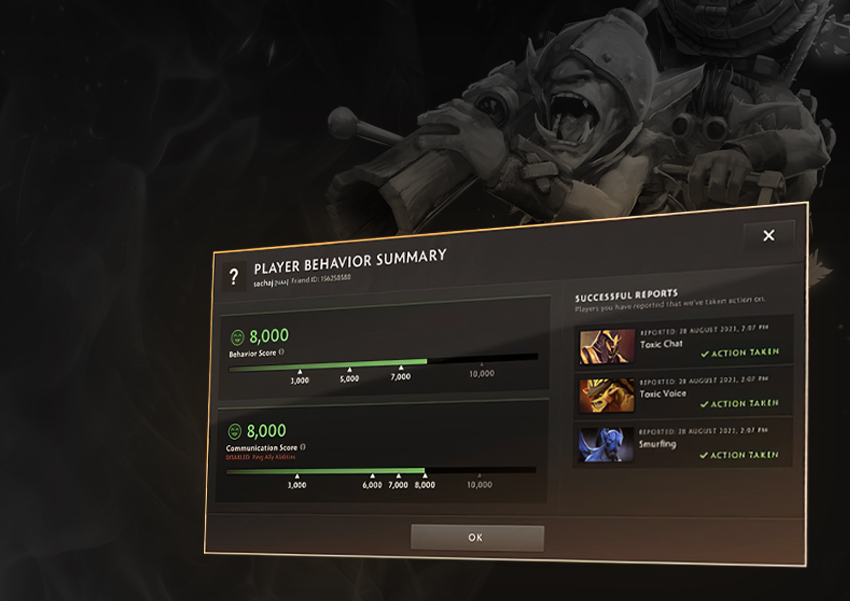
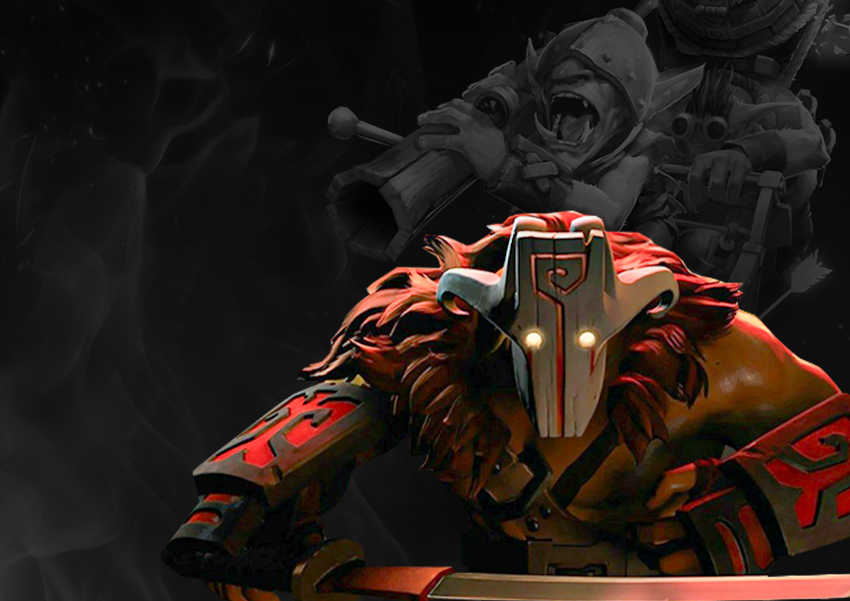


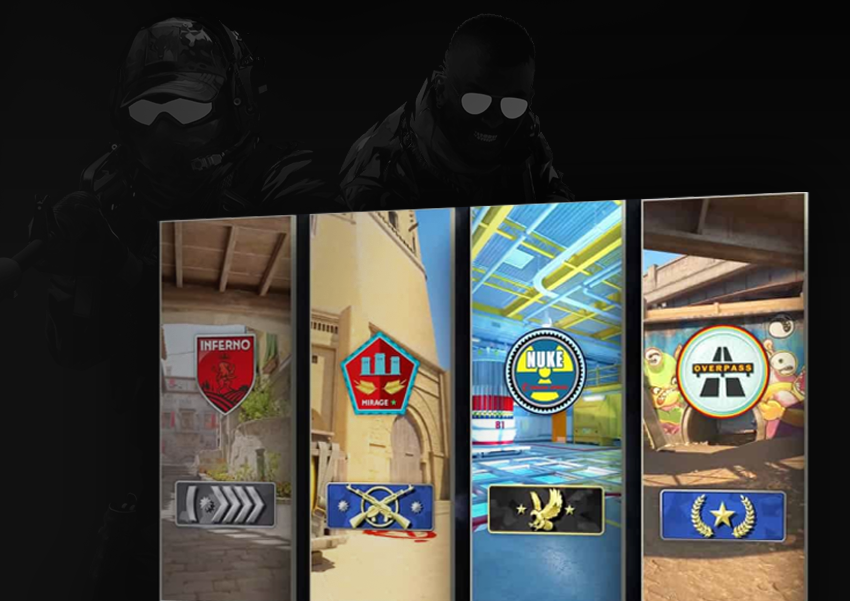
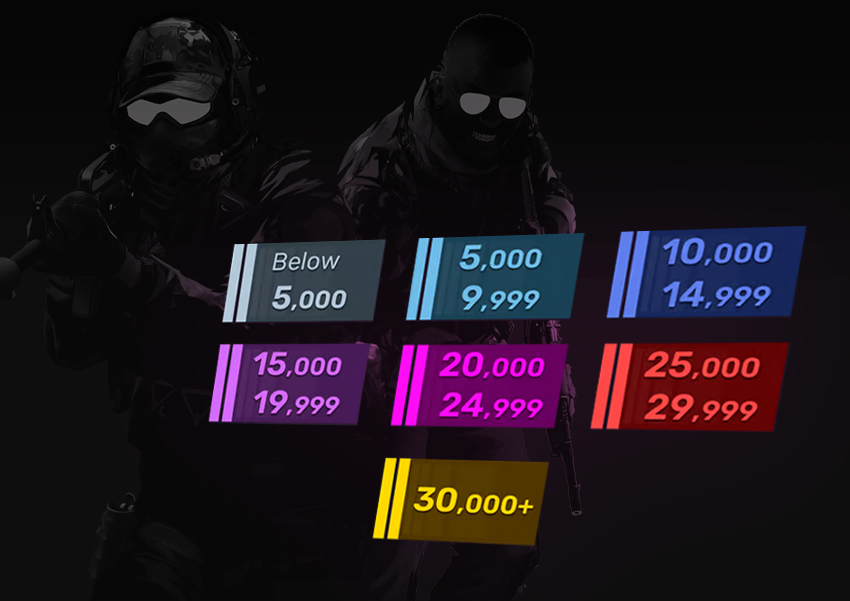
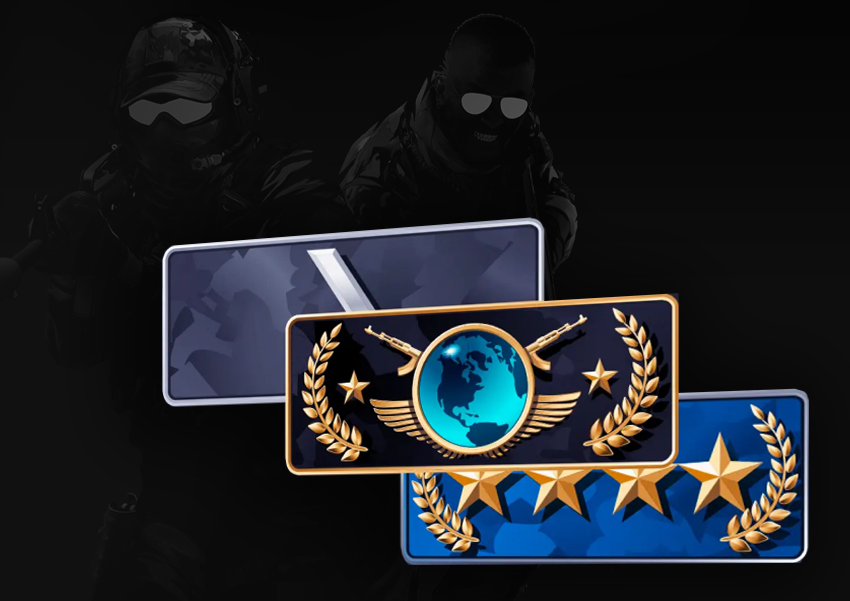
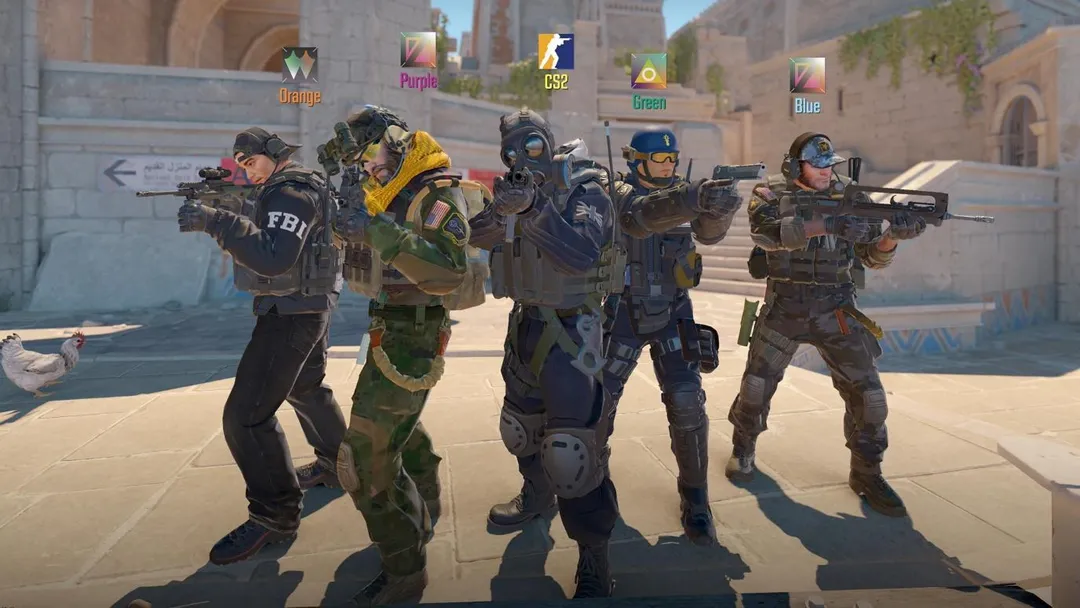

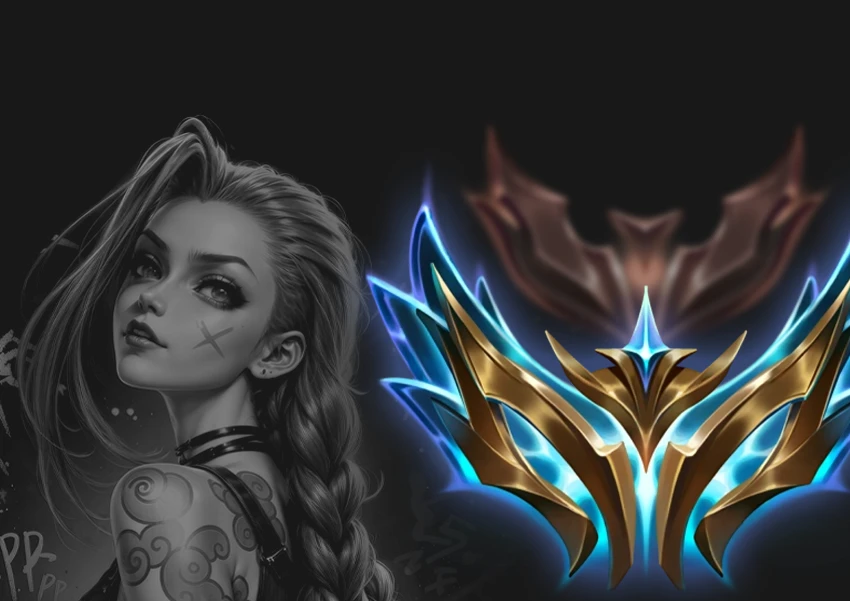

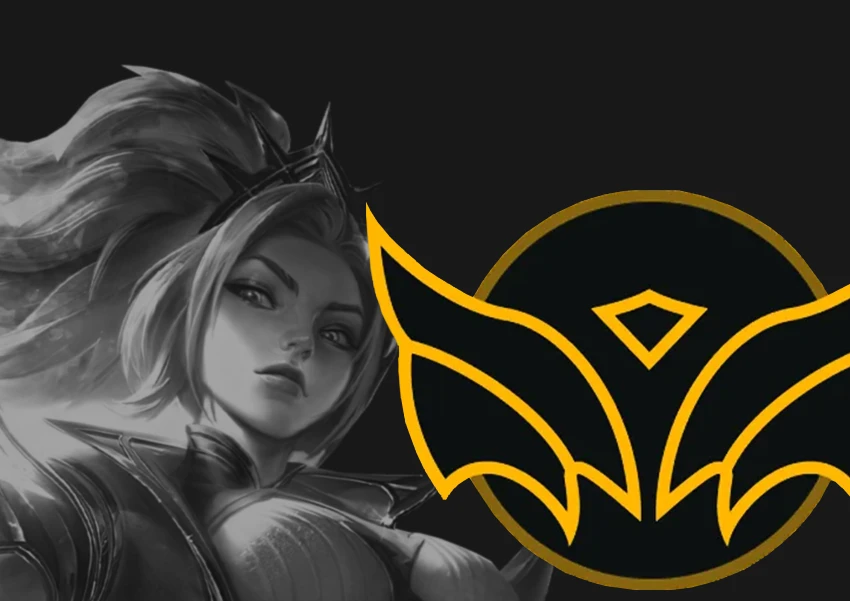

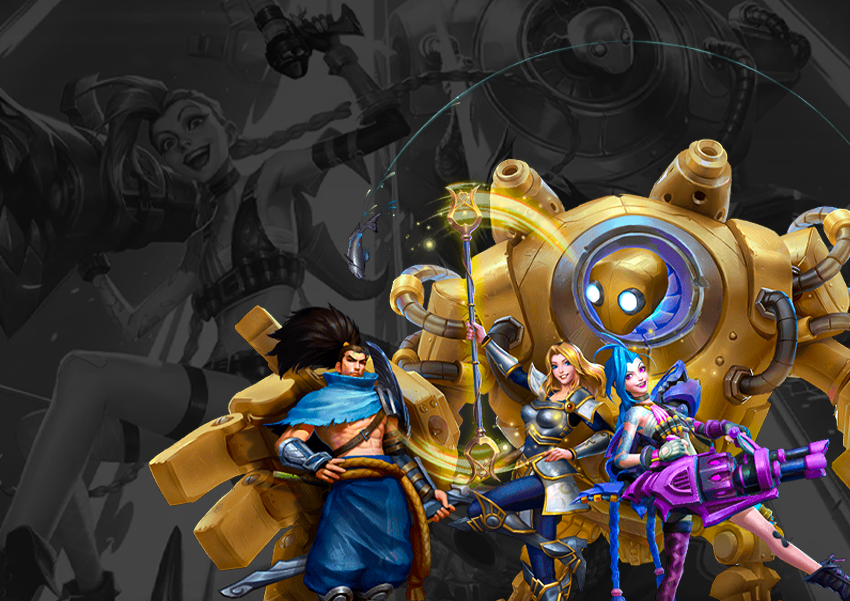




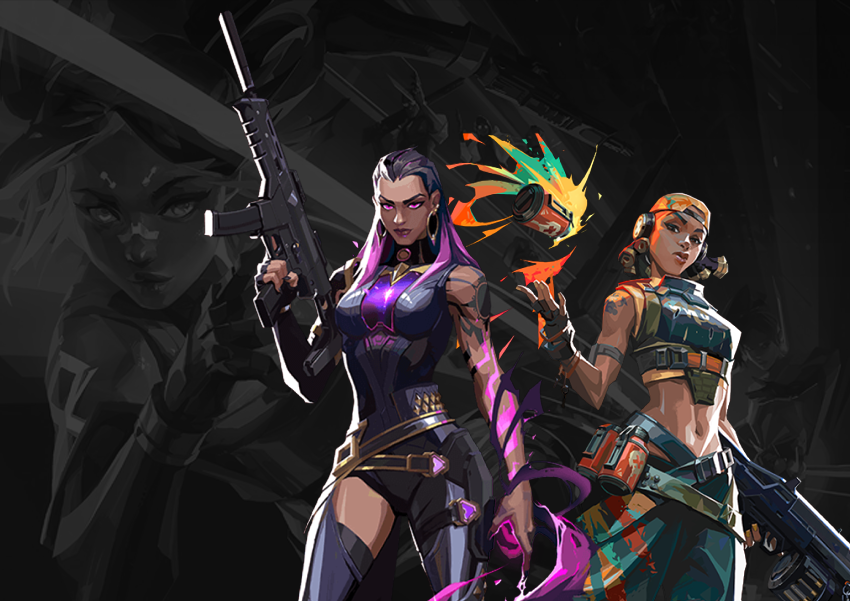
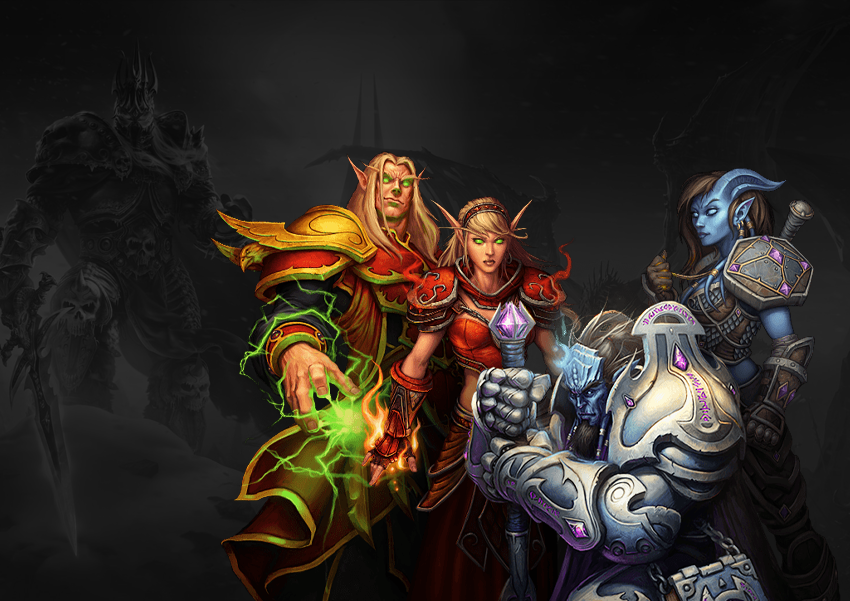

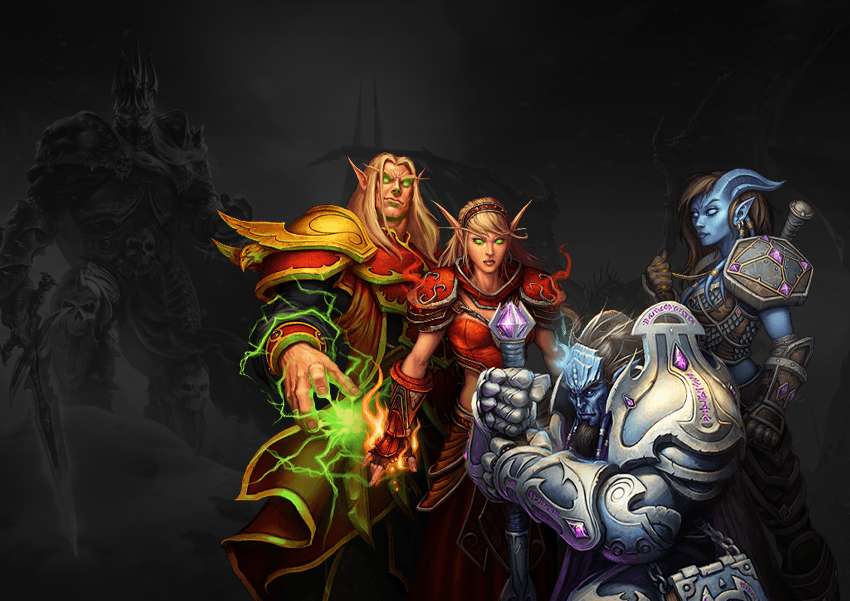
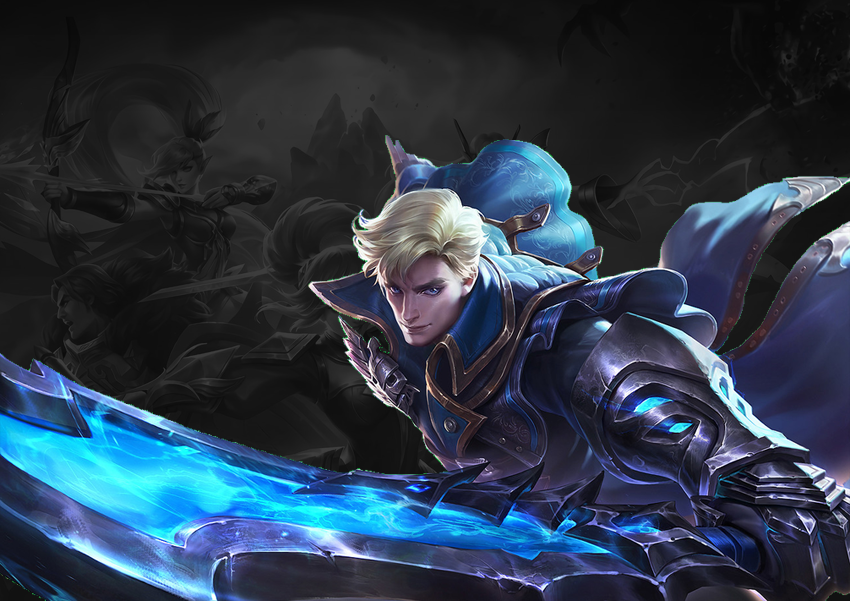

Comments on the article
Good read! I always wondered why we get harder games in 5-stack
This helped explain a lot, but Valve really needs to fix party balancing.
Ці обмеження ММР — просто нісенітниця. Нехай грають усі з усіма.
Valve могли б краще пояснювати, добре що є такі статті.
Тепер розумію, чому іноді не пускає в гру з другом. Дякую!
Дійсно, гра в пати має свої нюанси.
Корисна інфа, не знав про обмеження в 2800 ММР.
Leave a comment